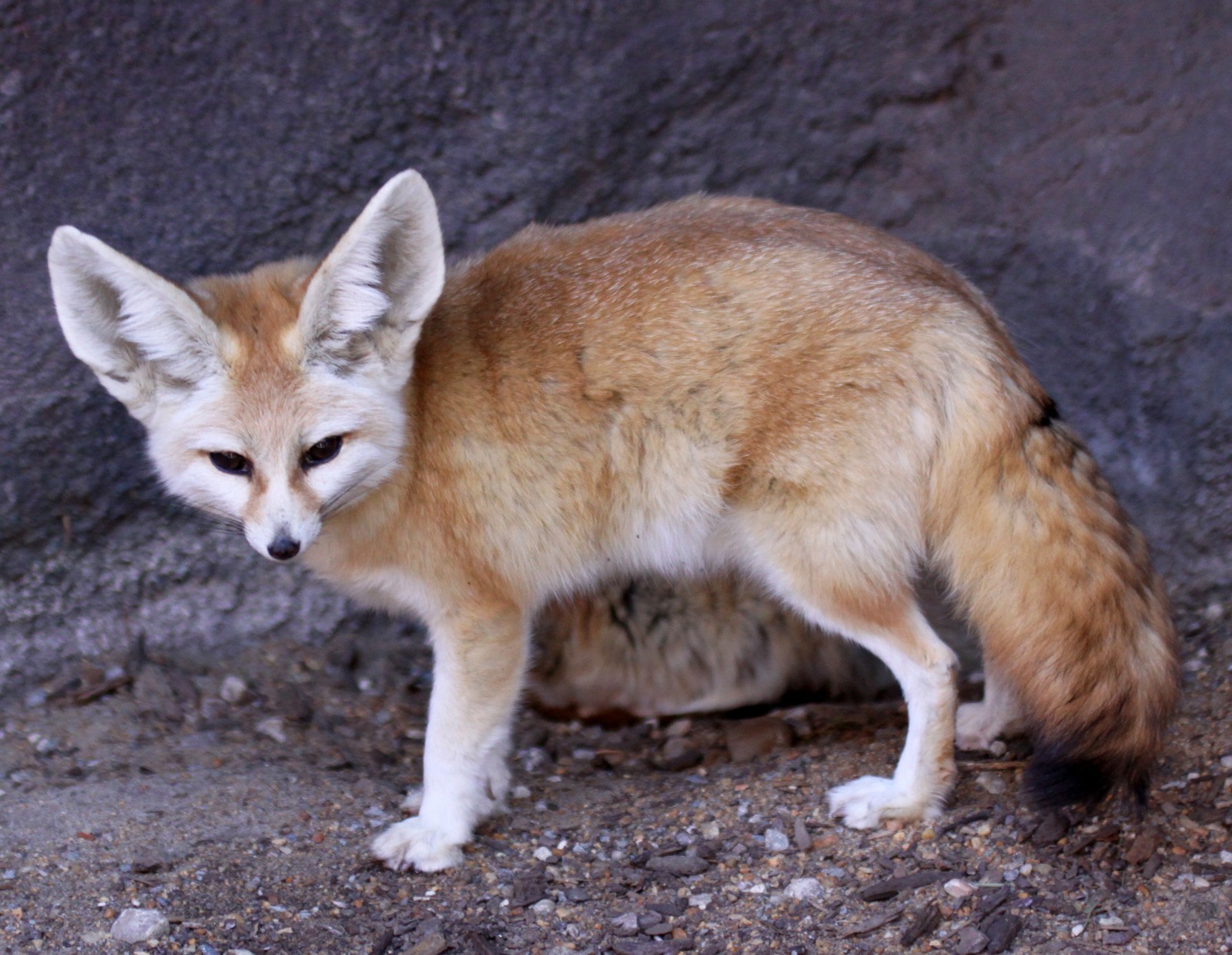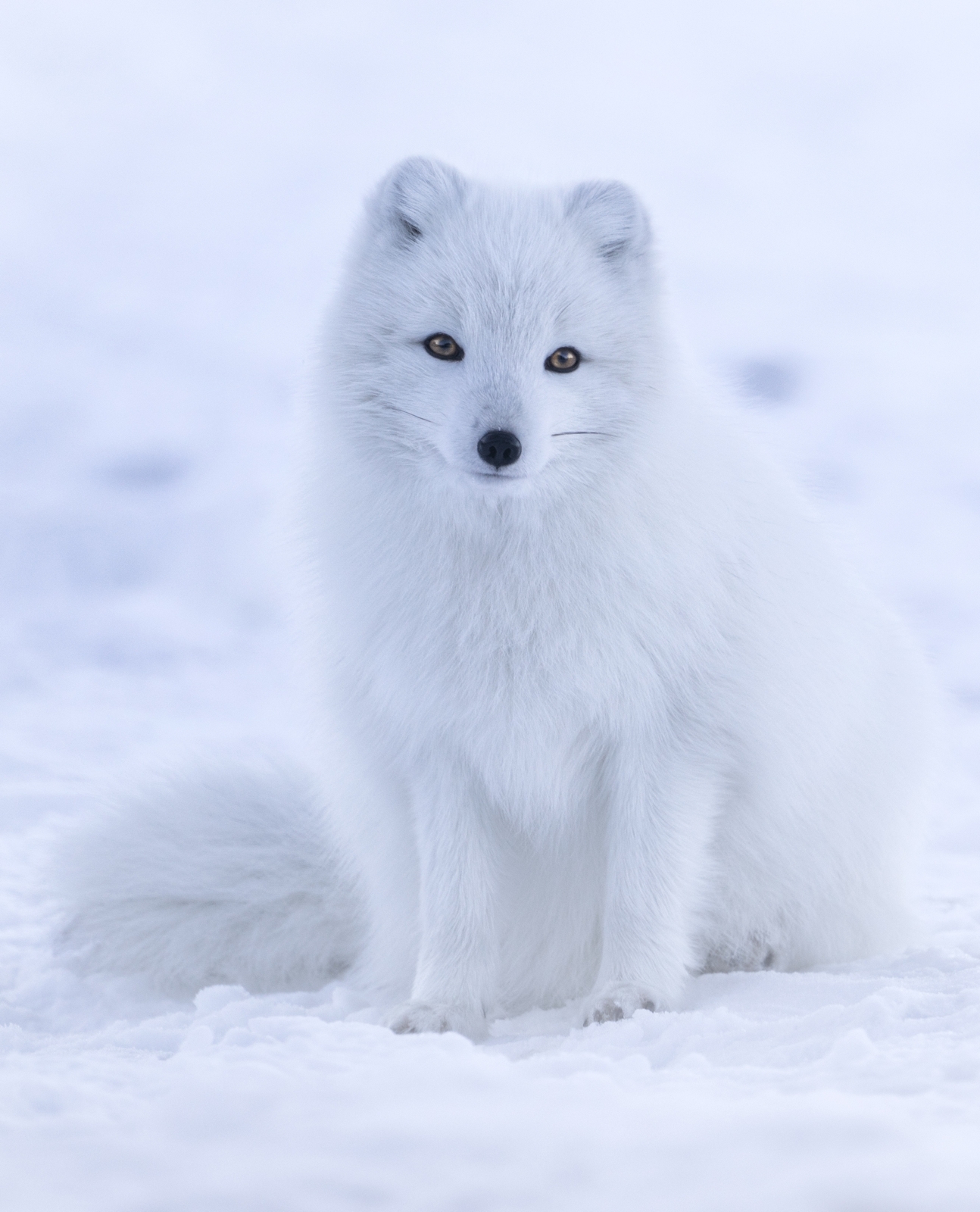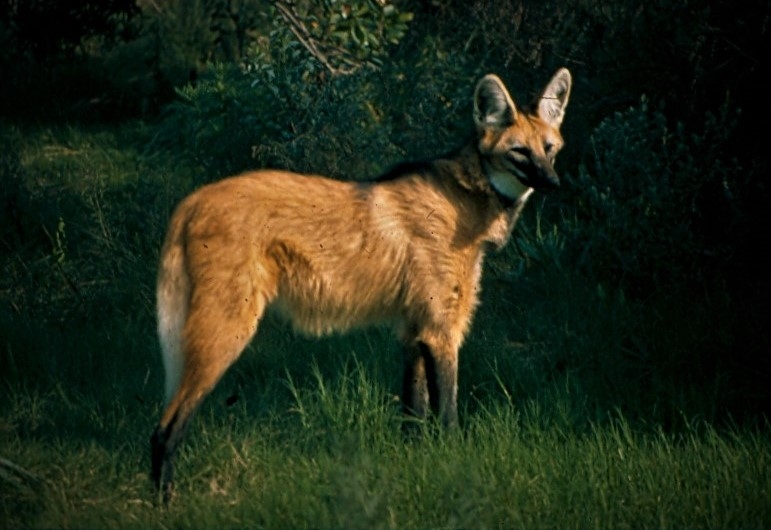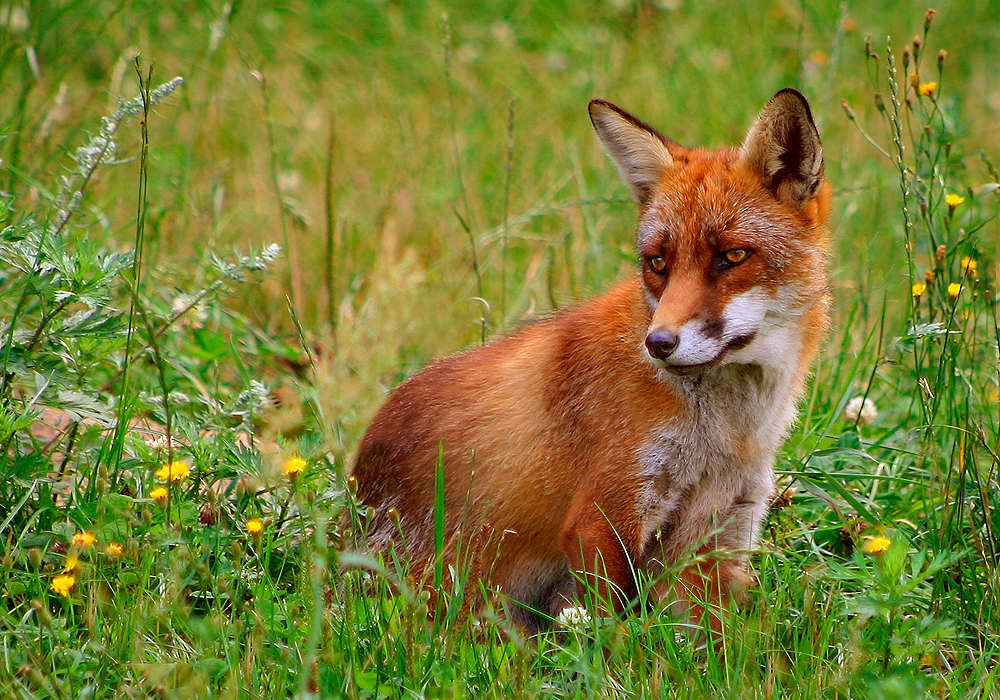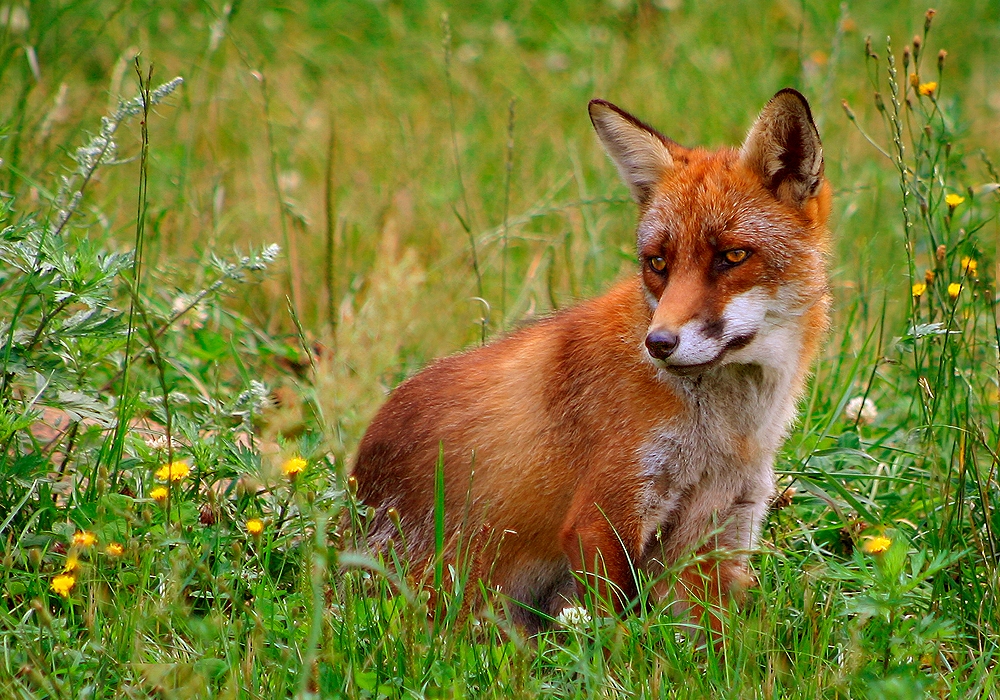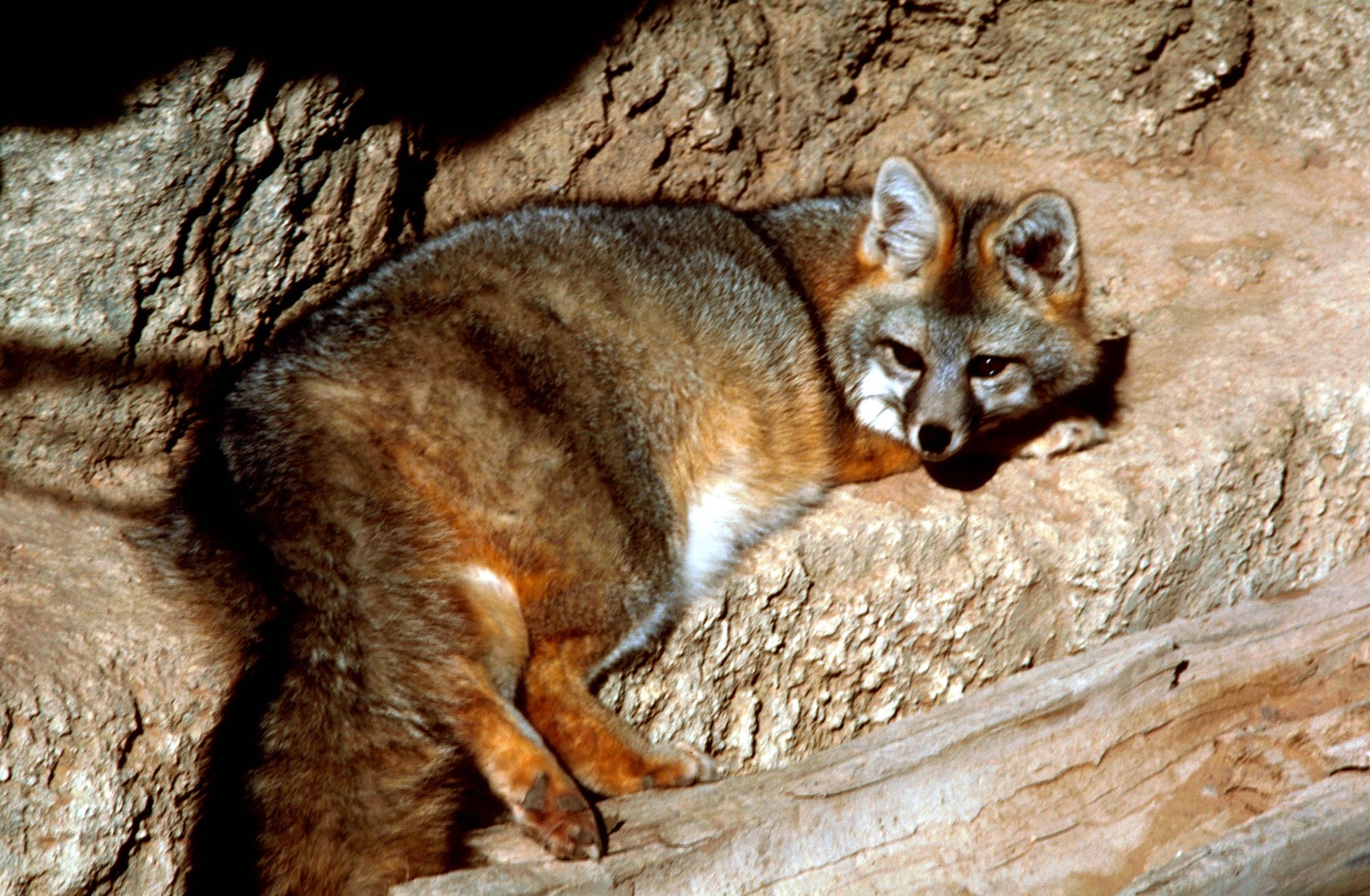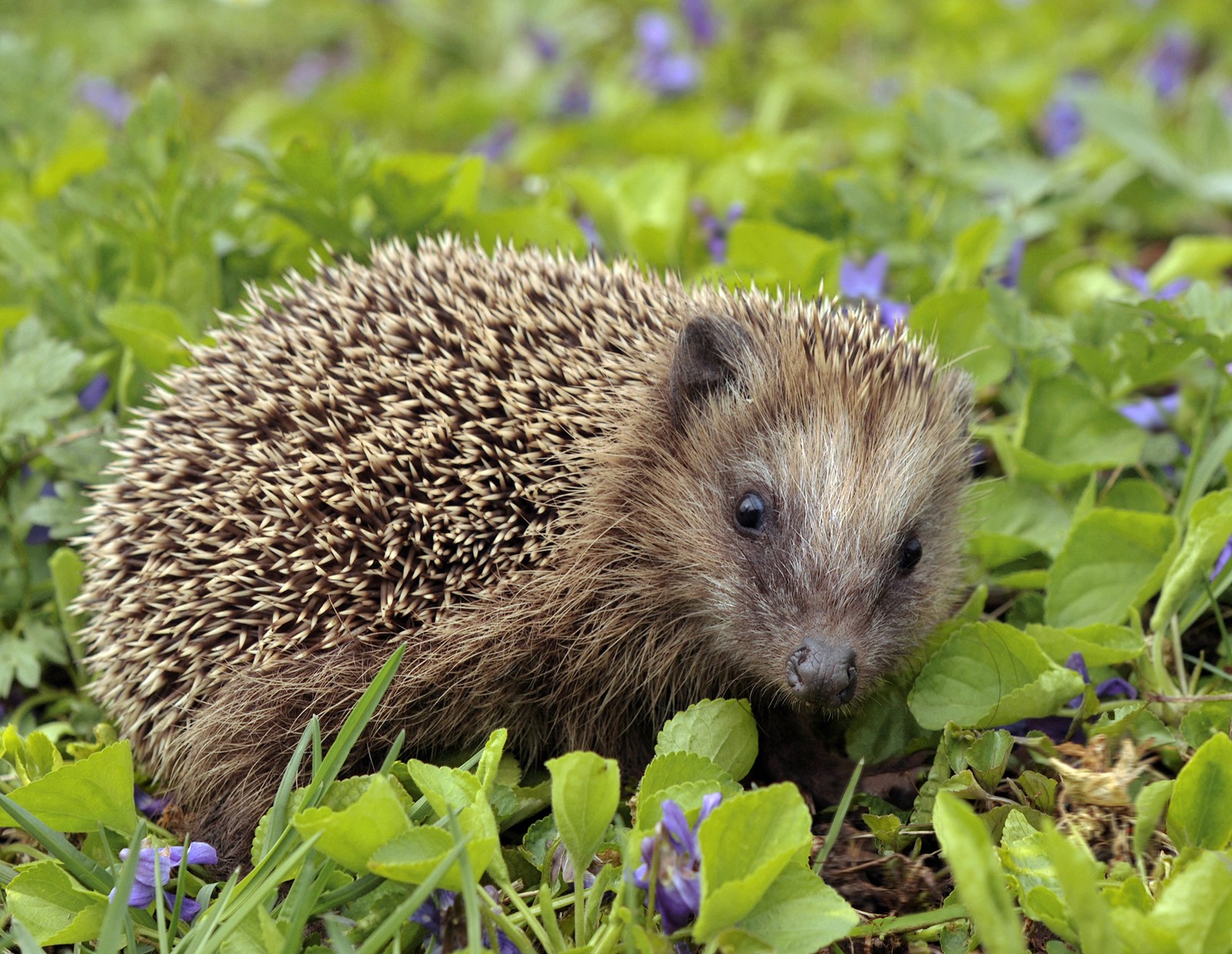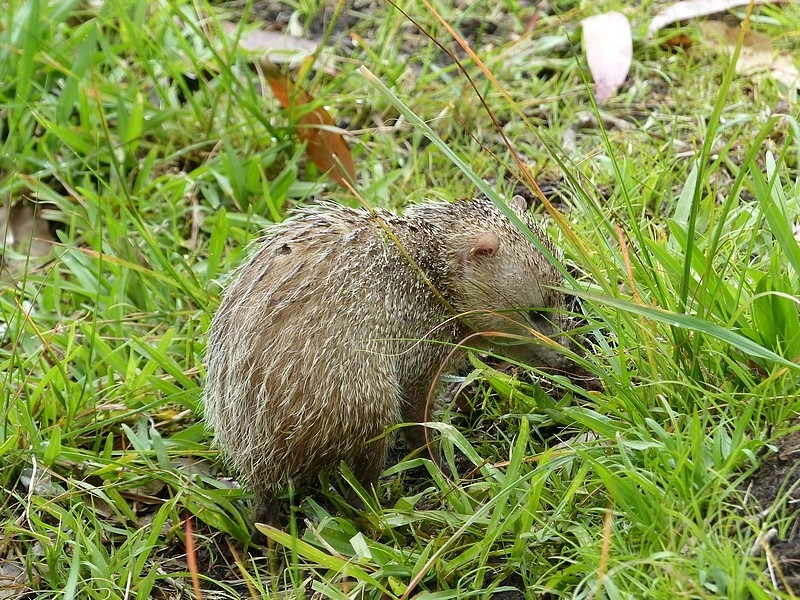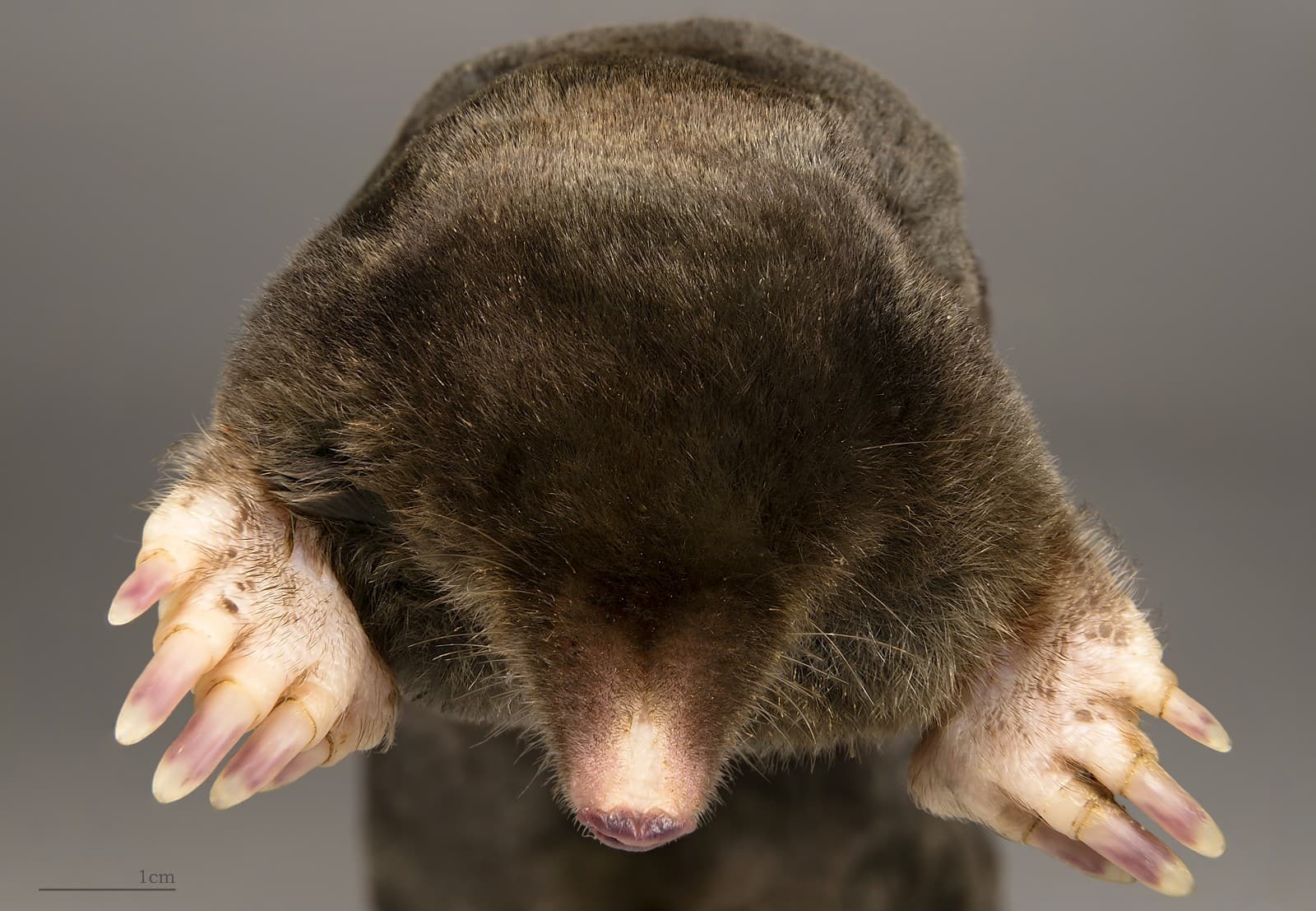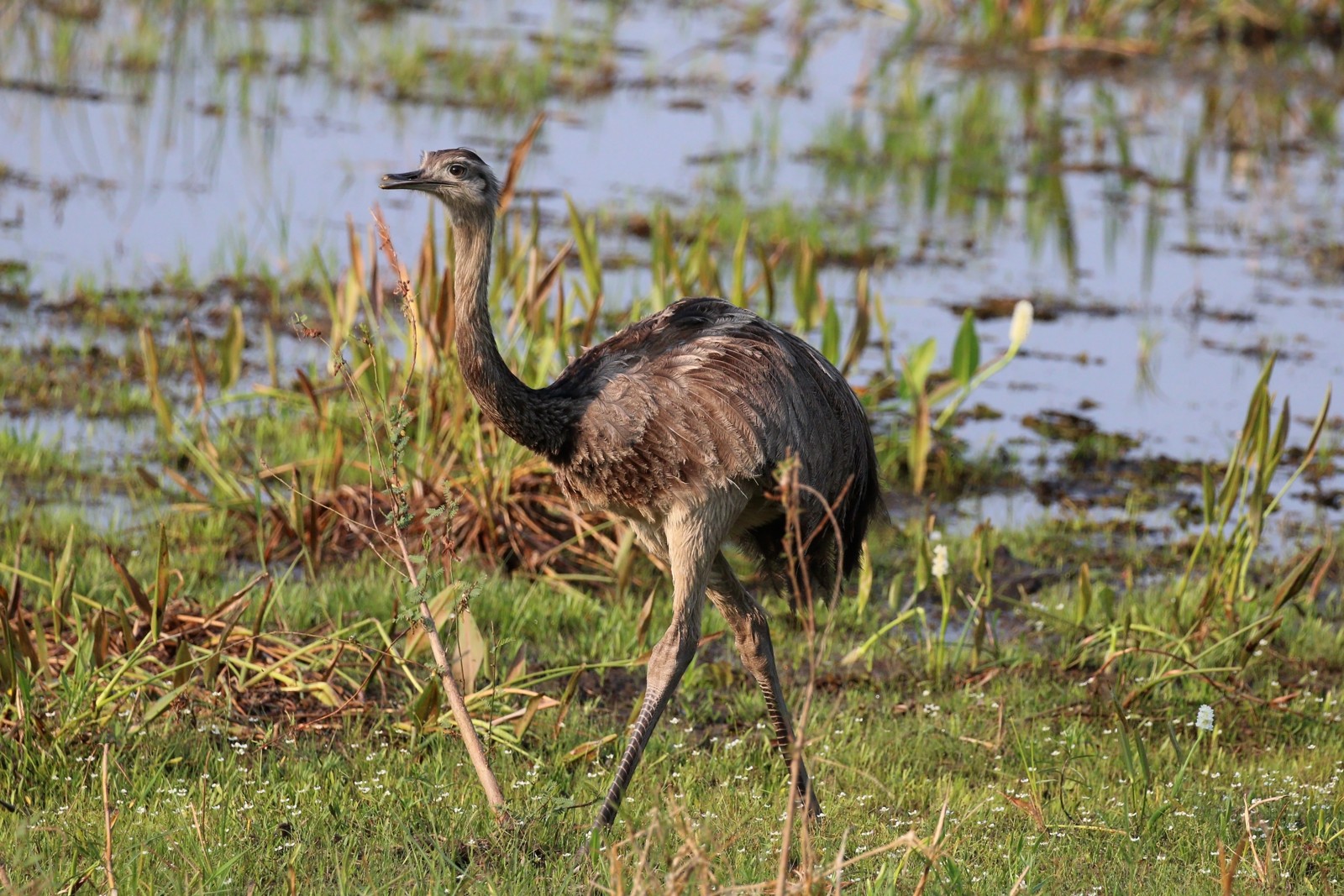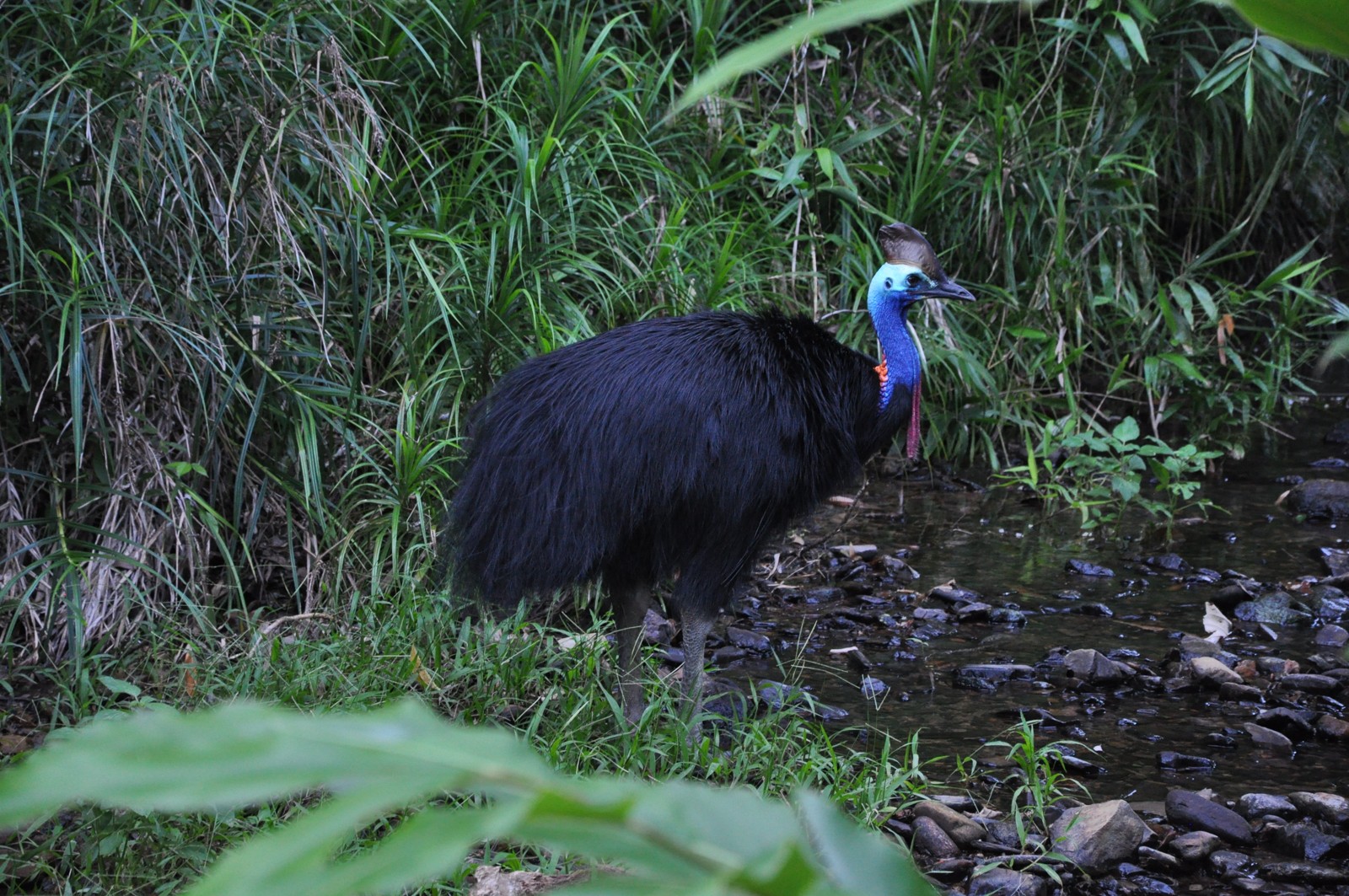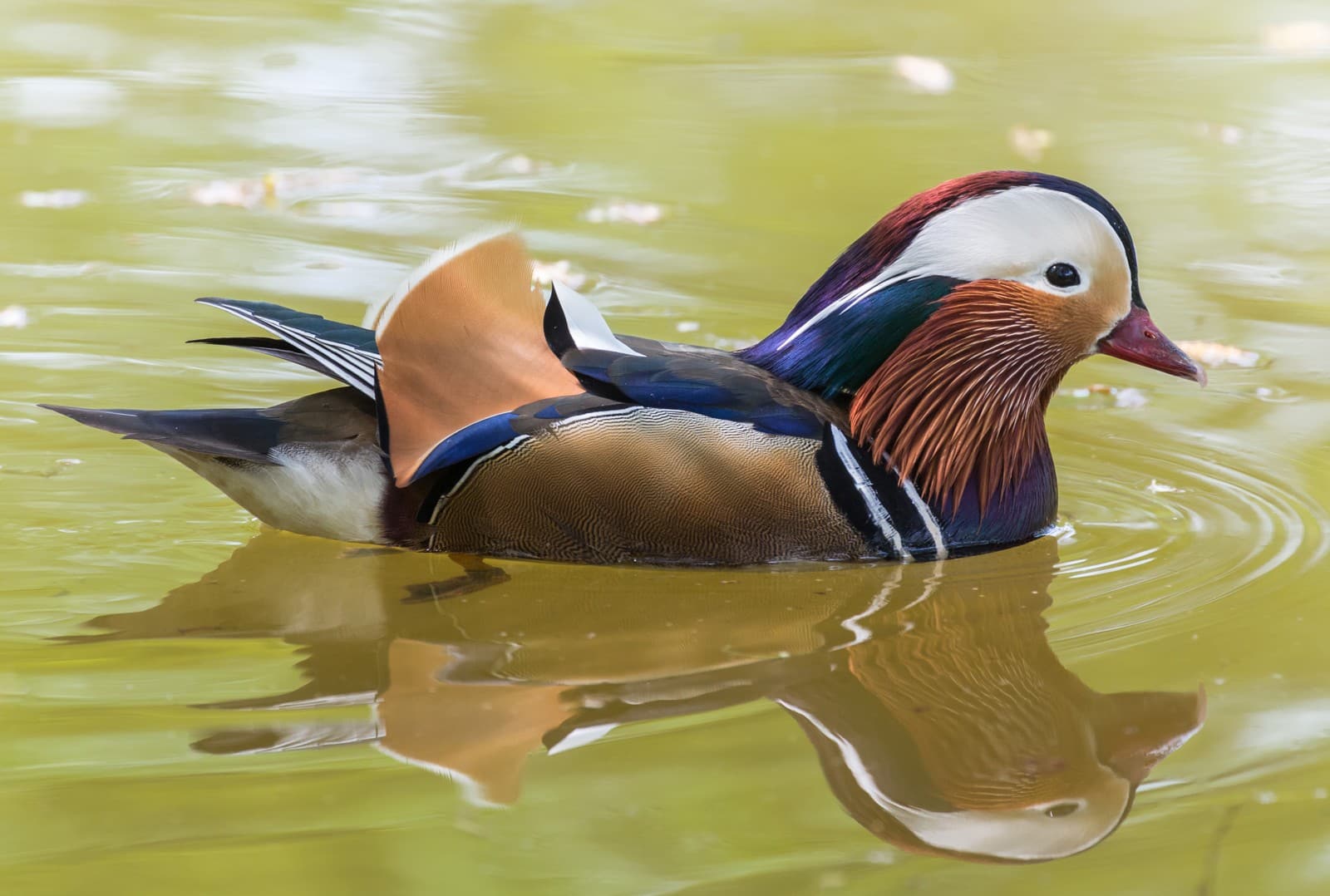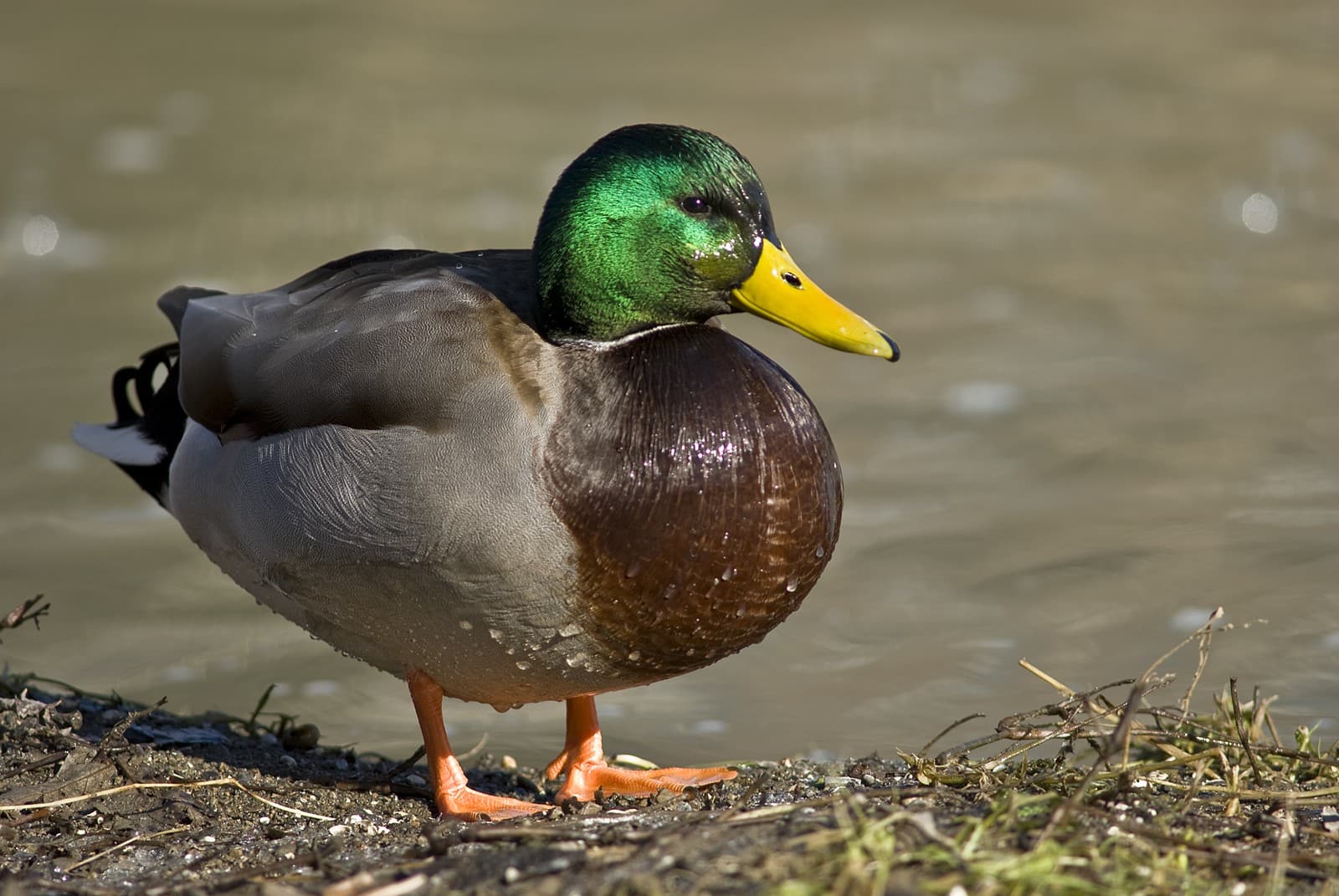Arctic Fox vs Red Fox: A Complete Comparison
When comparing Arctic Fox vs Red Fox species, these remarkable canids showcase nature’s adaptability across dramatically different environments. The Arctic Fox (Vulpes lagopus) is notably smaller, weighing 6-17 pounds (2.7-7.7 kg), while the Red Fox (Vulpes vulpes) typically reaches 14-31 pounds (6.4-14 kg). This size difference reflects their evolutionary adaptations to distinct survival challenges.
Beyond size, these foxes differ significantly in their cold-weather adaptations. Arctic Foxes can survive temperatures as low as -50°F (-45.6°C) thanks to their uniquely adapted fur and circulation system, while Red Foxes generally require shelter when temperatures drop below -4°F (-20°C).
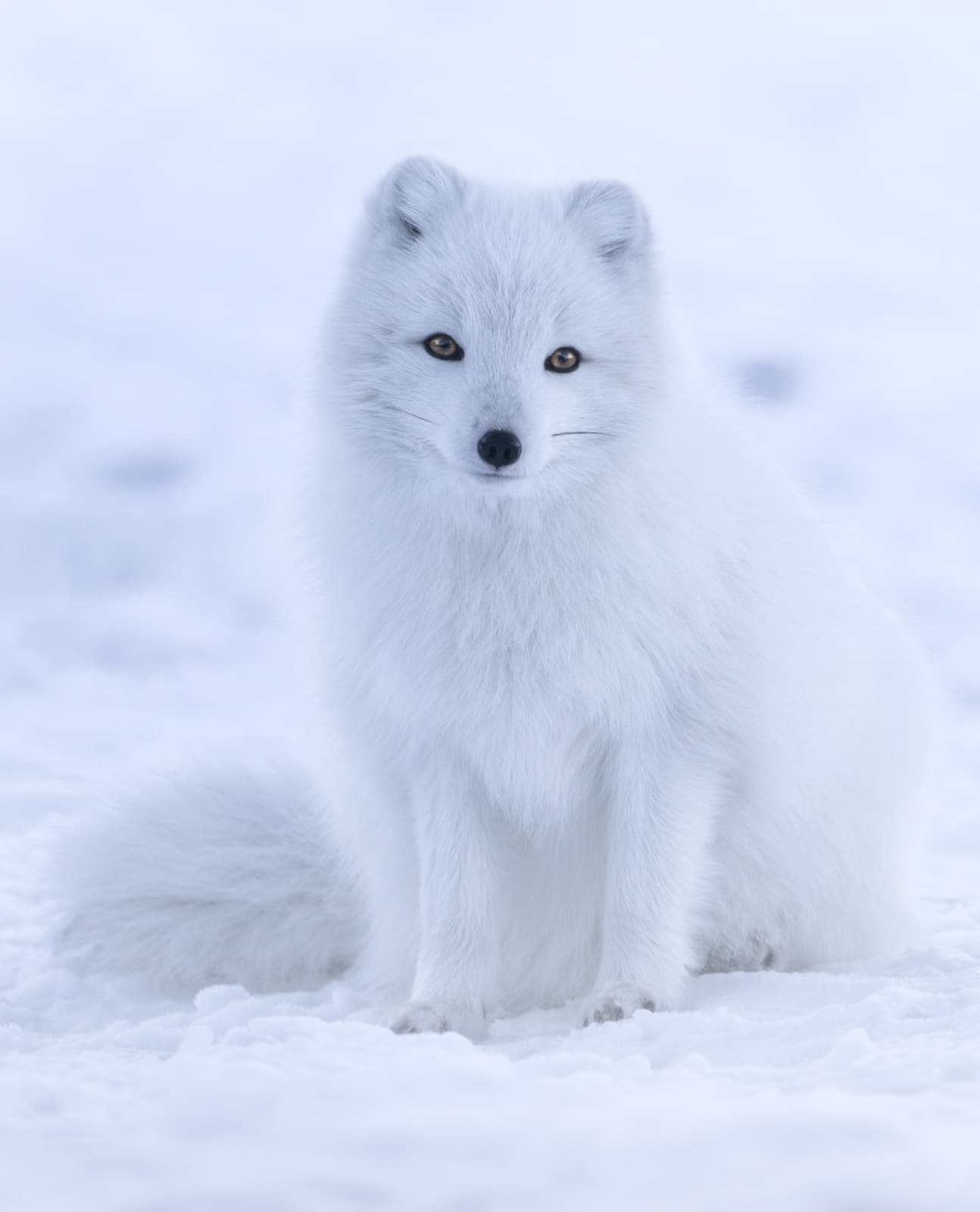
© Jonathen Pie https://unsplash.com/@r3dmax / CC0
The Arctic Fox demonstrates perfect polar adaptation with its compact body and thick white winter coat, which changes seasonally to provide optimal camouflage in its harsh environment.
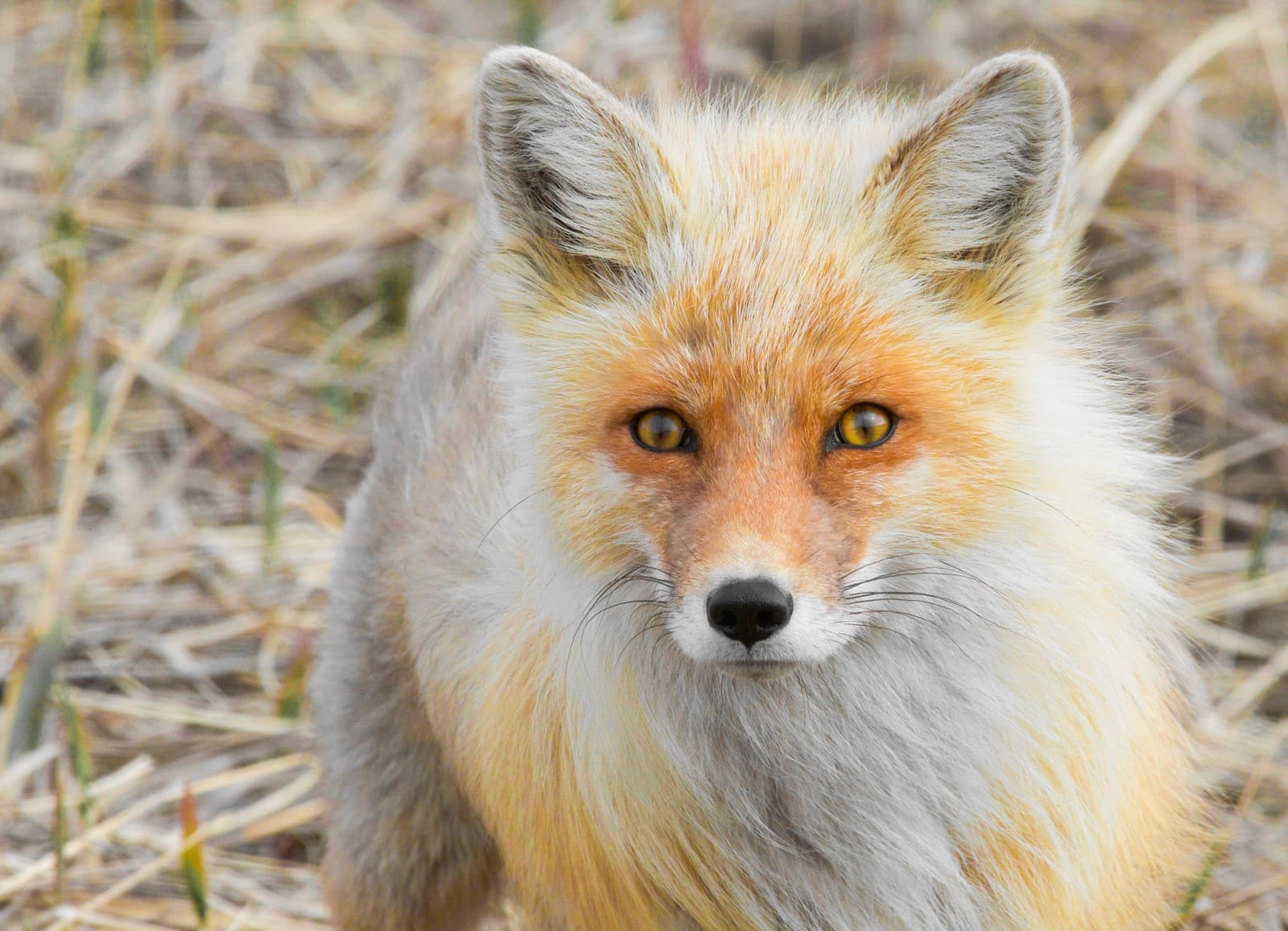
© Gregory "Slobirdr" Smith / CC BY-SA 2.0
The Red Fox exhibits the classic russet coloration that provides excellent camouflage in varied temperate environments, from forests to urban areas.
Key Differences Between Arctic Fox and Red Fox
| Feature | Arctic Fox | Red Fox |
|---|---|---|
| Size | 6-17 lbs (2.7-7.7 kg) | 14-31 lbs (6.4-14 kg) |
| Habitat | Arctic tundra, sea ice | Forests, grasslands, urban areas |
| Cold Tolerance | -50°F (-45.6°C) | -4°F (-20°C) |
| Fur Color Changes | Seasonal white/brown change | Maintains reddish coat year-round |
| Foot Adaptation | Furry soles for snow walking | Bare pads for general terrain |
| Range | Circumpolar Arctic regions | Most widespread land mammal |
Habitat and Distribution
Arctic Foxes are specifically adapted to life in the circumpolar Arctic regions, rarely venturing below the treeline. Their range includes northern Alaska, Canada, Greenland, Russia, and Scandinavian countries. In contrast, Red Foxes hold the title of most widely distributed land mammal, found across North America, Europe, Asia, and even introduced to Australia.
Hunting and Diet Adaptations
Arctic Fox Hunting Strategy
- Relies heavily on lemming populations
- Scavenges polar bear kills
- Can hear prey under 3 feet (1 meter) of snow
- Caches excess food in permafrost
Red Fox Hunting Strategy
- Opportunistic omnivore
- Masters at hunting small rodents
- Utilizes urban food sources
- Stores surplus food in scattered caches
Survival Adaptations
The Arctic Fox’s remarkable cold-weather adaptations include:
- Fur-covered foot pads
- Counter-current heat exchange system
- Seasonal coat changes
- Compact body shape to minimize heat loss
Red Fox adaptations focus on versatility:
- Enhanced night vision
- Excellent hearing range
- Adaptable hunting techniques
- Social flexibility for urban survival
Who Would Win in a Confrontation?
In natural settings, Arctic Foxes and Red Foxes rarely compete directly due to different habitat preferences. However, when territories overlap, Red Foxes typically dominate due to their larger size and more aggressive nature. Climate change is pushing Red Foxes further north, creating more competition for resources with Arctic Foxes.
Conservation Status
Arctic Foxes face increasing challenges from climate change, with population estimates around 300,000 worldwide. Red Foxes maintain stable populations of several million, demonstrating remarkable success in adapting to human-modified landscapes.
Understanding these differences between Arctic Fox vs Red Fox species helps highlight the remarkable ways evolution has shaped these canids for survival in their respective environments. While both species show incredible adaptability, their distinct characteristics showcase nature’s solution to different environmental challenges.
